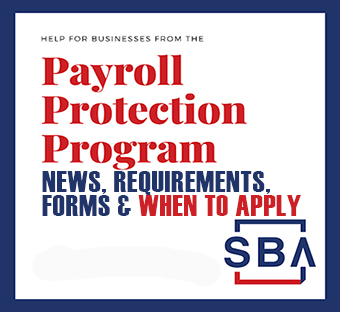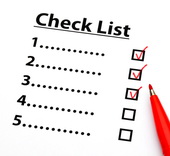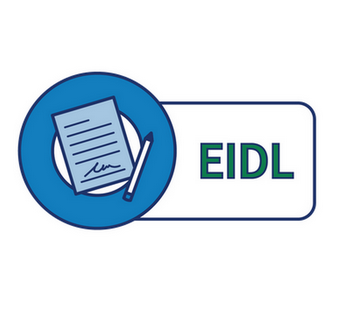The following are the basic steps that taxpayers need to follow when they are working their tax preparation.
- Your gross income includes the wages, investment interest, pension and the salary that you get from your job. Begin by adding all the items that make up your income. If you have a job then your employer is responsible for sending you the W2 form. This form shows how much you made, and how much the employer withheld for income tax.
- Minus all adjustments from the figure you see on the form, for example alimony, retirement plan deposits, self employed estimated taxes, interest on student etc. The final amount that you reach is referred to as the adjusted gross income.
- Once you are aware of your Adjusted Gross Income, you need to choose between two methods of subtracting. You could either itemize everything and subtract those or you could make the standard deductions. Itemized deductions have medical expenses, charitable donations, interest on mortgage, and local taxes from the year before.
- Focus on Personal exemption after that. You get to minus for your dependents and spouse. What you have left is your taxable income.
- After that things get a little complicated. This is because the United States works on a progressive tax rate system. The more you are willing to earn here the more tax you will incur. The ORS provides al citizens with a tax table. This resource helps you understand how much you have to pay the government exactly. You can look this up on the IRS’s tax table.
- You should be looking for the number that goes with your filing status. You could be married, single, filing either separately or jointly, have a qualifying dependant. The number that you come up with is the gross tax liability. However you still have another way to cut down on your tax bill.
- From the number that you derived in the step above you get to minus ‘credits’. The biggest return comes from a child tax credit. Approximately $1000 for every child who qualifies. Other credits incorporate Earned Income Tax Credit for families with lower incomes. For childcare expenses there is the child and dependent care credit.
In the end the final number that you are left is the Net Tax. If it comes up as a positive figure this means that you need to pay up to the Internal Revenue Service. But if the number comes up to be negative then it means that you are liable for a refund.
April 15 is the official late for you to pay any taxes that you owe and file for return. Filing late would lead to penalties and interest. If you are in for a refund then expect a check from the IRS in a couple of week’s time.



















